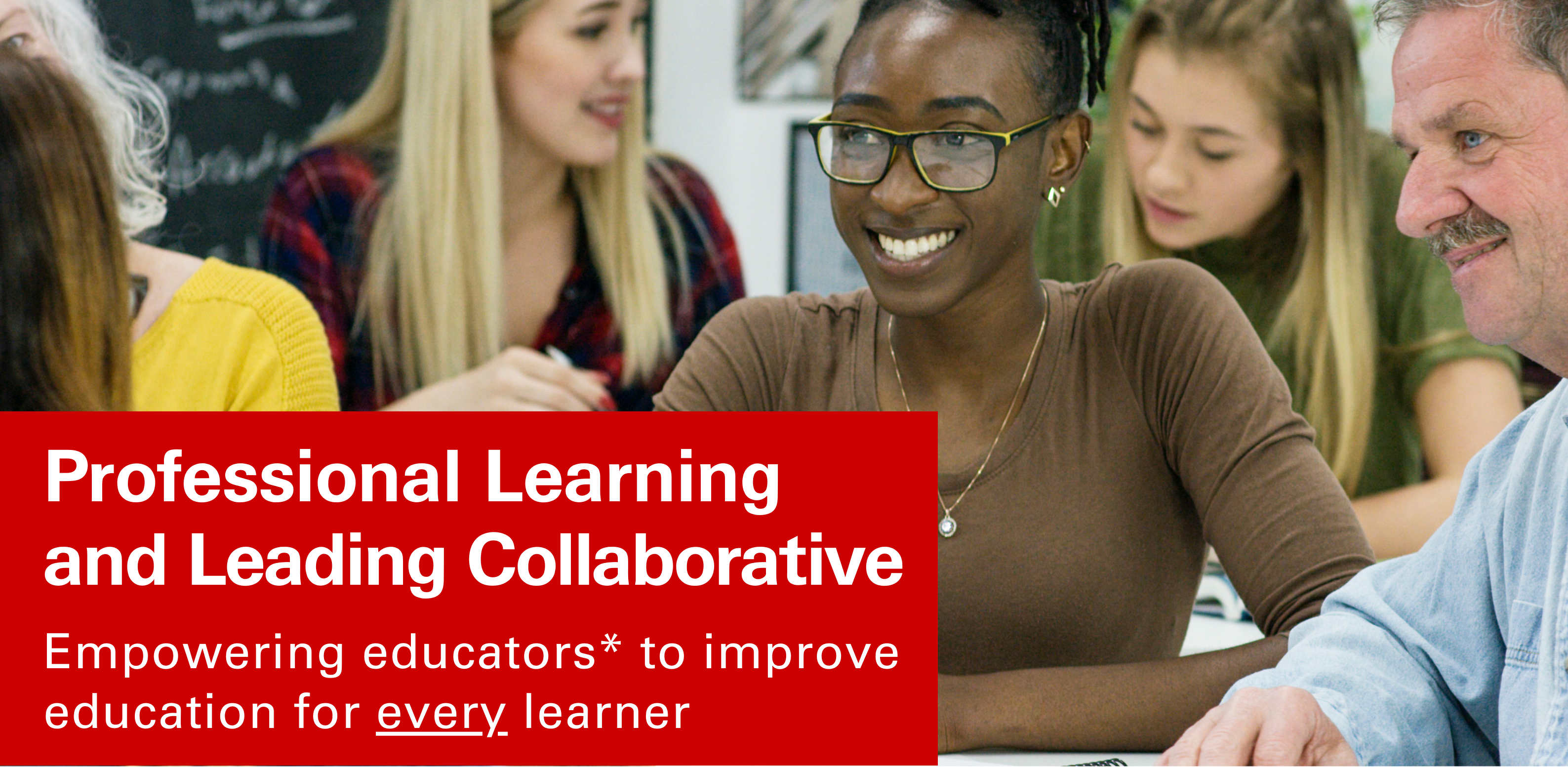Learning Differences: Revealing the Quiet Struggles
PLLC Research Scholar Brittany Miller shares her perspective and experience with learning differences.
“Why don’t you know the next step? Weren’t you paying attention?”
Cognitive struggles are commonly misunderstood and mislabeled as behavioral issues. “Weren’t you paying attention?” is a line repeated to me many times as a student when I couldn’t recall my next steps in a task. My struggle, however, was never an attention problem. It was my memory, specifically my working memory—the function responsible for recalling and actively working with information in our minds. Due to this challenge, it took me longer to learn to read, I can only do limited mental math, and I chronically forget where I put things.

While I had been paying attention and listening to the verbal instructions given in school, I quite simply did not have the capacity to hold them in my mind while I was working. My teachers misunderstood and mislabeled me, and as a quiet, hardworking “average” white female student, the struggle remained quiet. In my case, my teachers were trying to address the issue in the wrong way. Helping me focus and pay attention was not going to change or expand the limits of my working memory. The strategy of moving me closer to the front of the room was not going to address the issue of me not recalling verbal directions. The problem identified was not the real issue.
To be clear, I do not fault my teachers for this misunderstanding about where my struggle was really coming from because we rarely, if ever, talk about executive functions of the brain such as working memory. However, many of our students are quietly (or loudly!) struggling with learning in our classroom due to the unique way their brains function. They are not acting out by choice. One in five students has learning differences with executive functioning, organization and prioritization, or working memory (Corcoran & Chard, 2017). In a field focused on learning, we rarely talk about how the mind works and how learning happens from the lens of brain science. Studying learning differences and how the brain functions should be foundational to new teacher education and drive teaching and learning in our classrooms. Teachers build brains, so we should better understand how they operate and how to best support all our unique learners.
Studying learning differences takes brain science and makes it approachable for teachers and directly applicable to students and classroom learning. It brings awareness to the executive functions of the brain such as attention, memory, prioritizing tasks, organization and planning to help teachers and students understand how strengths and struggles in any of these areas manifest in classroom learning and what strategies support all functions of the brain. Understanding and addressing learning differences neatly couples with other learning paradigms to create a whole-child approach, understanding that every child is unique in how they operate.

As I grew up, I learned to adapt to my memory weaknesses through organization. I would write down instructions the moment they were given in class, took avid color-coded notes and lived by my planner—methods I continue to employ in both my personal and professional life. But it was through targeted support that I was able to figure out what worked for me, and not everyone has that privilege. It is vitally important as educators that we teach strategies that support the unique learners in our classrooms and help students identify and build on their strengths to support areas of weakness. We also need to check ourselves when we are reacting to what appears to be a behavioral issue, as there is likely more going on. Before we can identify why a student said or did something, we have to talk with them and take an open-minded approach so that we do not oversimplify learning differences as behavioral issues.
There are many strategies and procedures that we employ as teachers that support students’ executive functions. Understanding learning differences allows us to utilize those strategies with greater intention and to better understand how we can support the individual learners in our classrooms. We can look beyond what we perceive as misbehavior to search for a deeper cause that we can directly support.
Everyone has struggles; they just reveal themselves in different ways. Understanding learning differences is one lens of a larger picture in which to view each and every student holistically.
To get you started, here are 12 simple strategies to support executive functioning in any grade:
- Chunk information and instructions.
- Have written instructions available in detail.
- Provide graphic organizers to support notetaking.
- Actively tell students what essential information to capture in notes.
- Provide “brain break” activities that allow students of any age to get up and move, even if it is a short pause in the middle of a lesson.
- When starting and working through a multistep project, talk students through prioritization and task management and provide templates.
- Provide opportunities for students to write goals and identify the actions that must be taken in order to work toward that goal.
- Build a classroom culture around open questioning and peer support.
- Follow up with students who appear to struggle to discuss what might really be going on and provide individualized strategies the student can try.
- Provide visual support for problem-solving steps and classroom routines.
- Minimize clutter to limit distractions.
- Review prior knowledge before presenting new learning.
Resources to Explore:
What are learning and thinking differences? | Understood
Helping Students Develop Executive Function Skills | Edutopia
Learning Differences | The Friday Institute offers a free online course exploring learning differences and direct strategies that support learners.

Brittany Miller works to inspire teachers to rethink their roles in the classroom and build their capacity for student-centered learning by first engaging teachers in the types of experiences and environments that show them how. This mindset drives her projects at the Friday Institute for Educational Innovation, part of the College of Education at NC State University, where she supports schools and districts across North Carolina and beyond who are integrating social emotional learning, personalized learning and digital learning programs.
References
Corcoran, M.,& Chard, D. (2017). The State of Learning Disabilities: Understanding the 1 in 5. National Center for Learning Disabilities, Inc. https://www.ncld.org/wp-content/uploads/2017/03/1-in-5-Snapshot.Fin_.03142017.pdf
The Education Hub. (2020, November 29). A short introduction to executive function. YouTube. Retrieved June 14, 2022, from https://www.youtube.com/watch?v=YWZuXpU-IOQ
- Categories:


